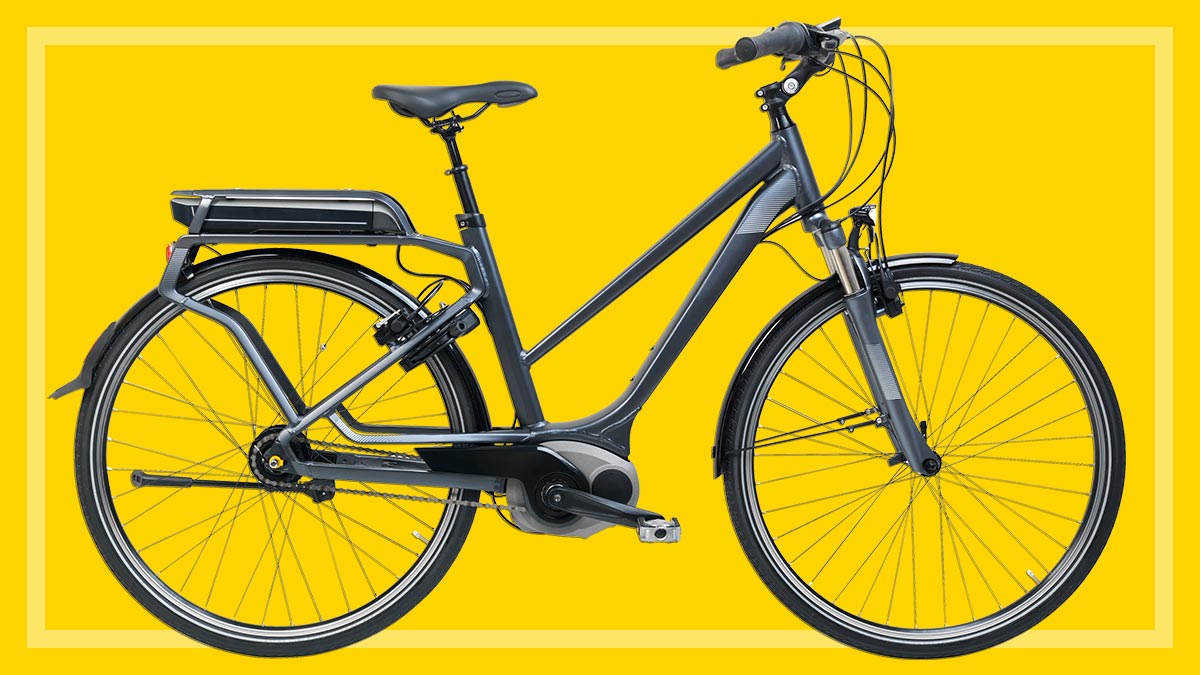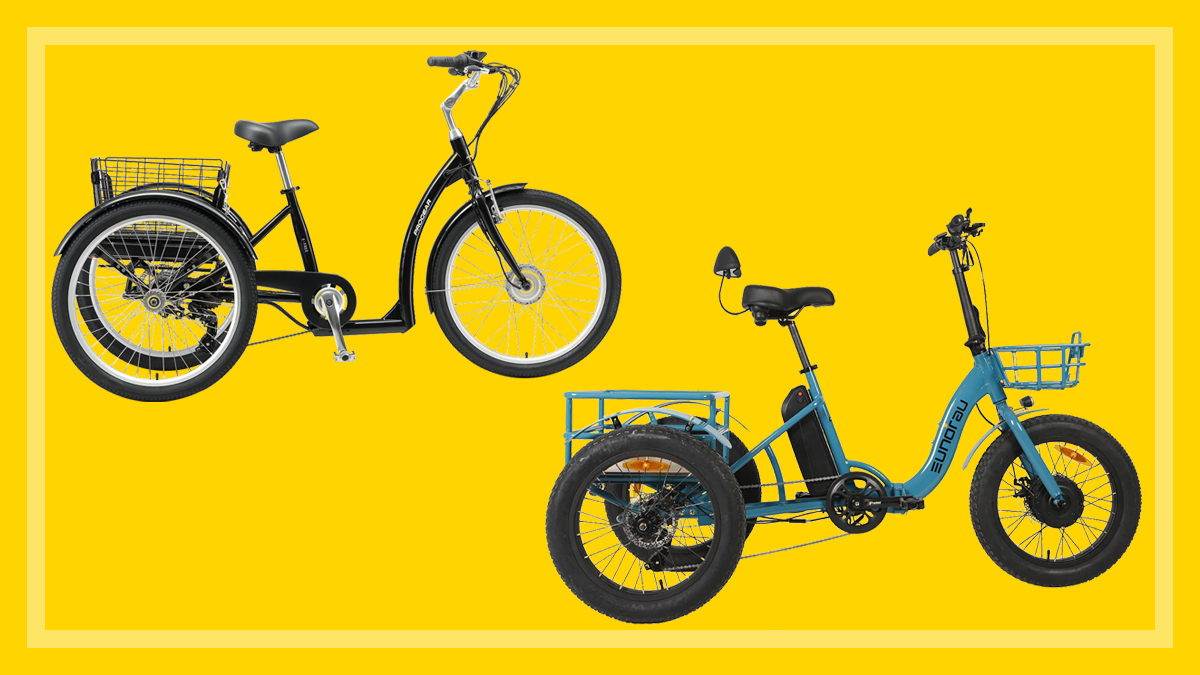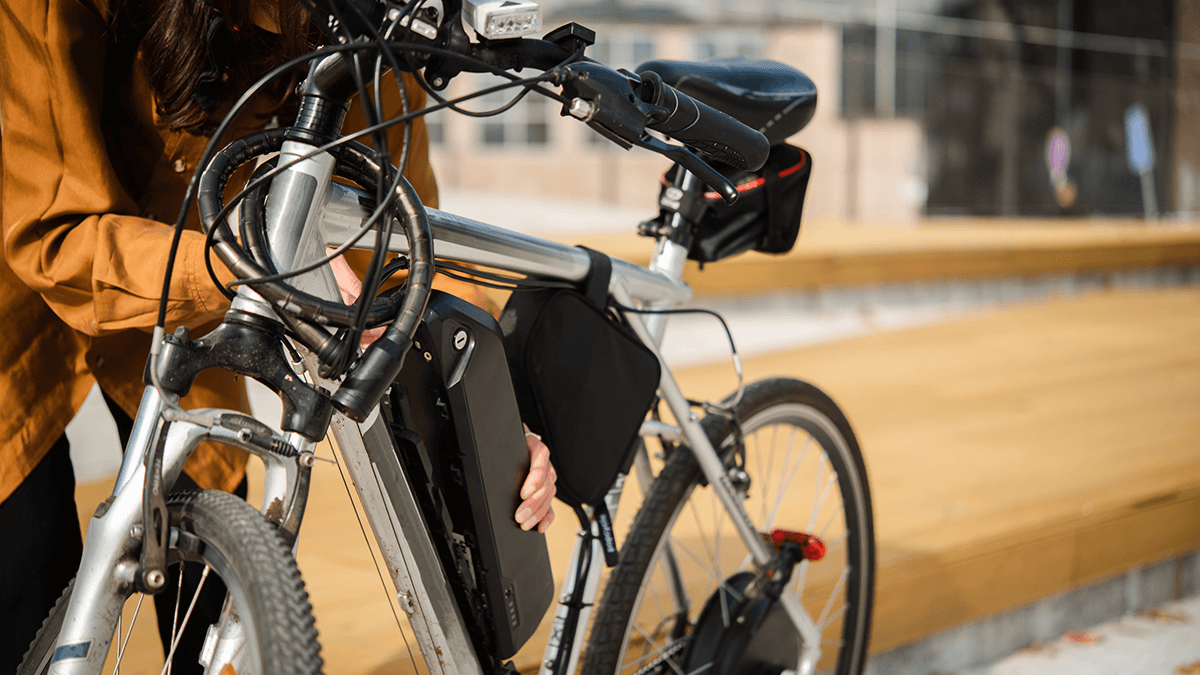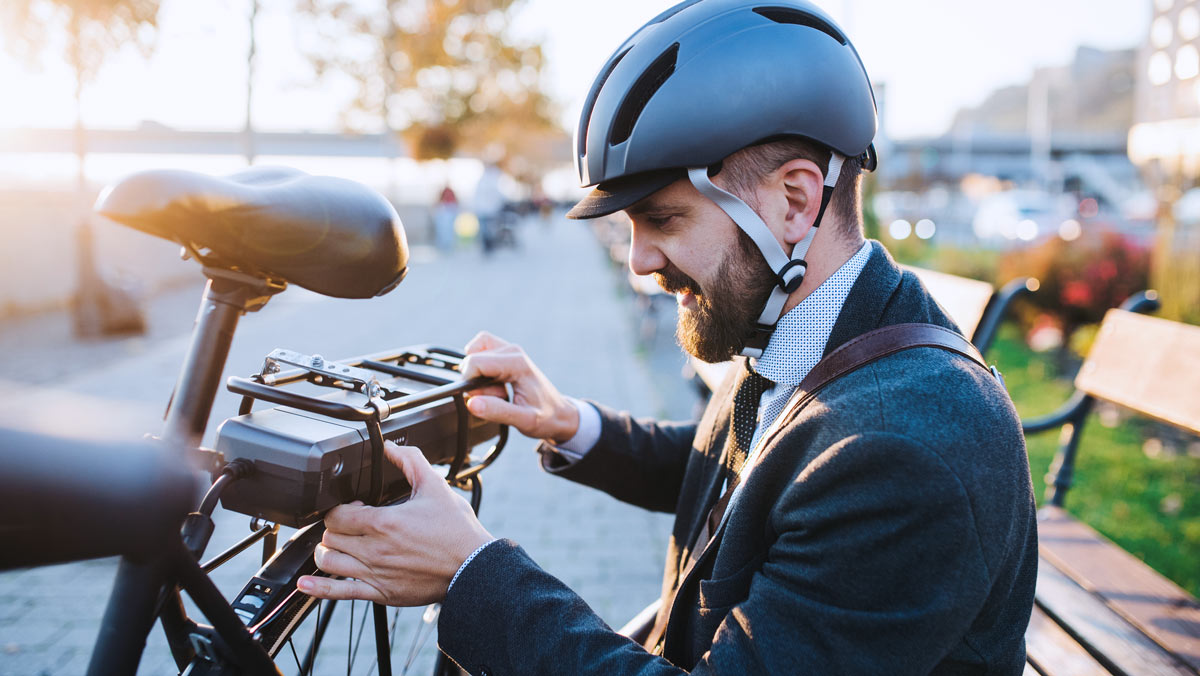Get our independent lab tests, expert reviews and honest advice.
How to maintain your electric bike
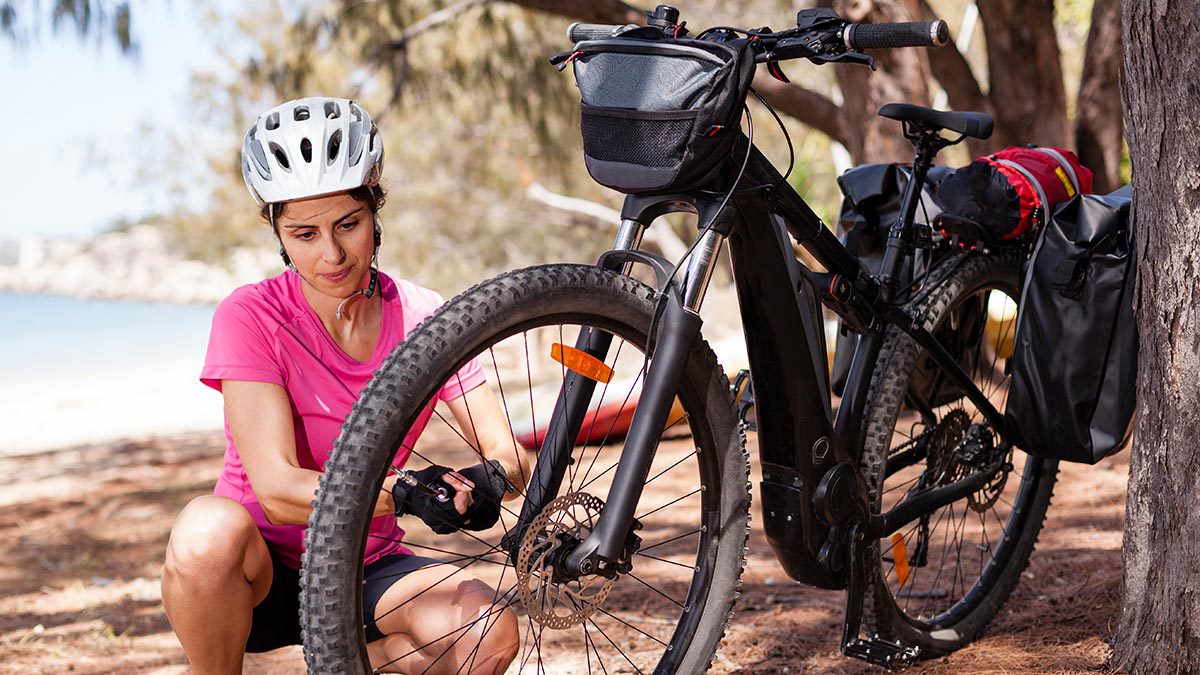
Electric bikes (also known as e-bikes) have an electric motor that kicks in to help when you need some extra power, such as on hilly terrains or when you’re cycling long-distance.
Service and maintenance are essential to keeping your e-bike running smoothly and preventing breakdowns, accidents and costly repairs.
And it’s not just a matter of keeping the frame, chain, tyres and brakes in good working order, as you would with a regular bike – you’ll also need to make sure you’re taking care of the electrical components, including the motor, display, battery and cables.
So here’s how to keep your e-bike running smoothly.
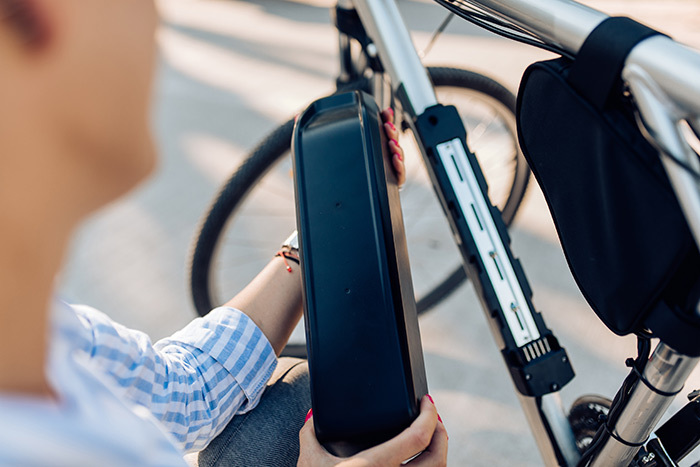
Doing a basic home service
If you ride your bike frequently, you should give it a simple home service roughly every month, working through the general maintenance list below.
Frame
To clean your e-bike frame:
1. Remove the battery and display (if you can) and cover the battery holder, motor and any electrical connections with a tarp or towel to keep them dry.
2. Gently rinse down the frame, taking care to avoid the battery, motor and controls. Never use a high-pressure hose as this could damage the electrical components.
3. Use a cloth to scrub down the frame with some bike wash (or car wash detergent). Pay special attention to the brake pads, as dirt build-up can make them less effective, as well as sweaty areas such as the handlebars and the seat.
4. Rinse with plain water and then dry the entire frame, using a dry cloth to prevent rust.
5. Wait a few hours to make sure the battery holder is completely dry before reattaching the display and battery.
Drive train (chain and gears)
Clean
Apply a bicycle degreaser or chain-cleaning product to the chains and gears, making sure you reach all the nooks and crannies. Use a thin brush or a metal implement to remove any excess mud stuck in the gears, derailleurs or cassette.
Lubricate
Once the degreaser has fully dried, apply a bike lubricant to the chain and run the chain through all the gears. Turn your pedals backwards (or if the chain doesn’t move backwards, turn the pedals forwards by mounting the bike or placing it on its stand so the wheel comes off the ground) and apply your lubricant where the chain runs freely, avoiding contact with the brake discs, calipers or brake pad. Remove excess lubricant from the chain with a rag or cloth.
Nuts and bolts
The nuts and bolts holding your bike together will loosen over time and need to be tightened. Check your pedals, cranks, axels, steering column and handlebars, and tighten any loose nuts or bolts with an allen key or spanner.
Tyres
Keeping your tyres pumped up prevents punctures and helps you get more range out of your battery (underinflated tyres can reduce the lifespan of your battery by as much as 40%).
Give your tyres a quick check before every ride. If they feel too soft, use a pump with a pressure gauge to get them back in the range recommended by the manufacturer, which should be embossed on the side wall of the tyre.
Brakes
Clear any dirt or debris from your brake pads and always test your brakes before setting off for a ride.
Cables
There’s not much you can do to maintain your electrical cables except keep an eye on them (if they’re not enclosed). If you do spot a damaged cable, take it in for a professional repair.
Motor
Never meddle with your motor – not only can this be dangerous, but it can also void your warranty. If your motor is playing up, try removing the battery and putting it back in again, as this should “reset” the motor. If this doesn’t work, you’ll need to take it to a professional.
Tips to make your e-bike battery last longer
Your battery is the most valuable component of your e-bike, so it’s worth getting into some good habits to extend its lifespan:
Charge the battery after every ride
Don’t wait until the battery gets very low or empty.
Keep the battery dry and out of direct sunlight
The battery will charge and perform best at a temperature of 10-20℃.
Use the lowest assistance level you need when cycling
When you’re riding on the flat or downhill, turn down the assistance to prevent draining your battery.
Remove the battery for long-term storage
If you aren’t going to be using it for a while, store the battery in a cool dry place with a charge of 30-60%.Top up the charge every month or so to stop it going flat.
Keep your bike well-maintained
Underinflated tyres or rubbing brakes can drain the battery faster.
Never take apart the battery yourself
This could cause electric shock – and will void your warranty.
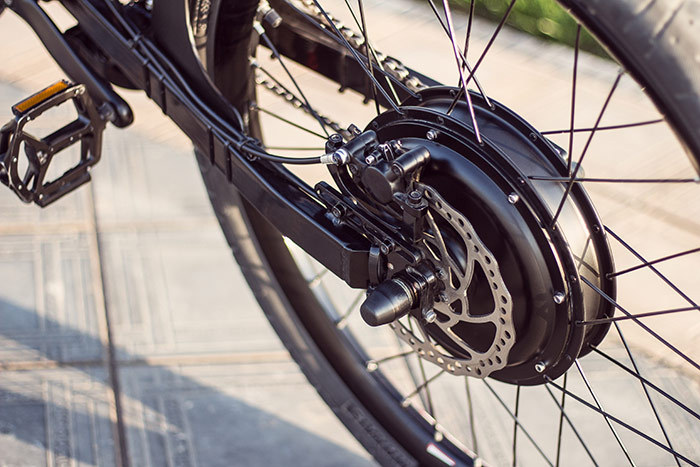
How often should you have your e-bike serviced?
Melbourne Electric Bicycles and Perth Electric Bike Centre co-owner Nathan Reizer says that doing some simple general maintenance should keep your e-bike running smoothly – but that you’ll also need to have it professionally serviced from time to time, depending on how much you use it.
“Just like your car mechanic, we usually program your e-bike system to remind you that a service is due every 12 months or 2000km – whichever comes first,” he says.
A service will involve a thorough examination for any mechanical issues and a general tune-up of the mechanics. The mechanic will also plug in a diagnostic tool that will pick up any electrical problems and install any available software updates.
What’s included in a standard e-bike service?
A service at one of Reizer’s shops is fairly typical of what a standard e-bike service includes:
- Tighten all axle nuts, including quick-release hubs.
- Tighten all nuts and bolts, including cranks, pedals, handlebars, brake levers, gear levers, stem bolts, headset, kickstand, rear rack and any others, as required.
- Check the frame for any stress fractures or cracks.
- Check the wheels are true.
- Adjust the brakes and gears.
- Check the chain and cassette for wear.
- Inflate tyres to their correct pressure.
- Check the lights.
- Degrease the chain and lubricate it.
- Wipe the bike down.
- Check that all electrics are working and update the software.
How much does an e-bike service cost?
Prices for a standard service can range from about $100 to $300, depending on what’s included.
Checklist for before and after every ride
Before
- Check your tires are pumped up.
- Make sure the brakes are working properly.
- Make sure your battery has enough charge for the ride.
- Give your cables a quick visual check to make sure they aren’t damaged.
After
- Give the bike a quick rinse/clean if you’ve got it muddy, particularly around the brake pads and drive train – cleaning is often easier if you do it straight away.
- Charge your battery.
- Store your bike/battery indoors in a clean, dry, cool place.
Repairs
Here are some of the common repairs your e-bike may need during its lifespan:
Mechanical repairs
An e-bike has the same mechanics as a regular bike, so the most common mechanical repairs will be similar. Reizer says the frequency with which your bike will need repairs depends on the quality of the bike, how often you ride it, and what types of ride you go on.
“Frequent use, hill riding and a heavy rider can all put extra strain on the mechanics,” he says.
He adds that the most common mechanical repairs for an e-bike are:
Brake-pad replacement
Parts cost: $50-60, depending on the type of brakes. Labour cost: $50.
Chain replacement
Parts cost: $20-30 for single-speed (internal gears) and $30-$80 for external gears. Labour cost: $20-25.
Cassette replacement
Parts cost: Range from $35-140, depending on the model. Labour cost: $30.
Gear-cable replacement
Parts cost: $12-15. Labour cost $20.
Tyres
Parts cost: $15 for a tube replacement (if the tyre is punctured). $45-90 for a replacement tyre (if it’s worn out). Labour cost $25-30.
Electrical repairs
The electrics on your e-bike are some of their most expensive components. But, according to Reizer, issues with the motor are rare on good-quality models and other electrical issues can often be fixed easily.
“These bikes are well-designed so that when something goes wrong, we can easily diagnose it, isolate the faulty component and replace it, which is actually the most cost-effective solution,” he says.
Reizer says the most common electric issues/repairs for an e-bike are:
Battery replacement
Common cause: Leaving your bike in storage without recharging the battery frequently enough.
Cost: $950-1,500. No labour cost.
Remote/display replacement
Common cause: Dropping your bike.
Cost: Depends on the brand. For a Bosch remote $75-100. For a Bosch display $195-500. Labour cost $30-50.
Connection issues
(e.g. An electric component is not connecting, preventing the bike from turning on.)
Common cause 1: Moisture or corrosion between the terminals.
Cost: $60–120 to diagnose and isolate the issue and have the terminals cleaned (battery, display and motor).
Common cause 2: Battery inside the display loses its capacity and turns itself off.
Cost: $60–120 to diagnose and isolate the issue, and the fix is free: just plug your display into a micro-USB charger overnight.
Magnet detached or incorrectly aimed at the sensor on the bike frame
(E-bikes usually have a magnet on the back spokes, which needs to be in place for the bike to work.)
Cost: Free to reposition the magnet. $20 to replace the magnet.

